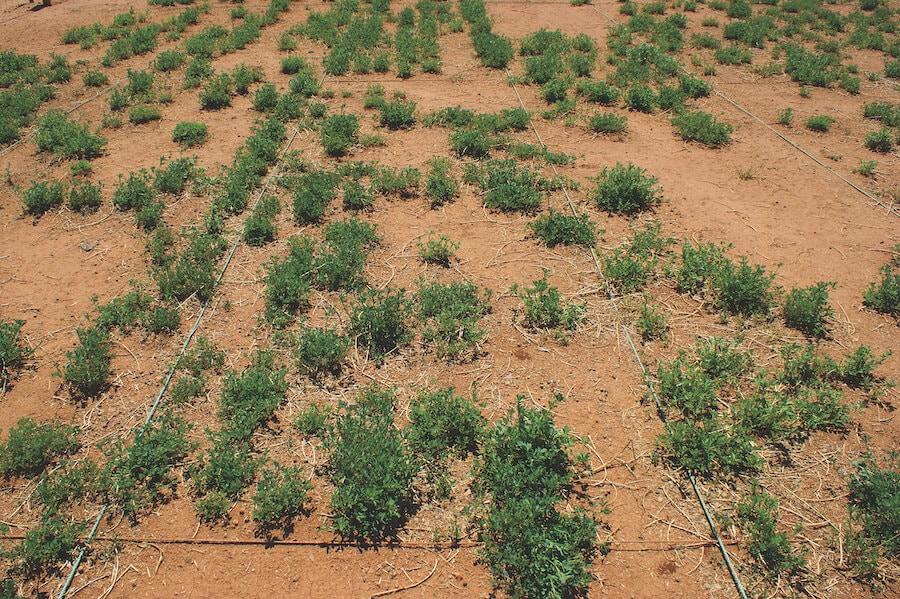Overview
Through a rigorous five-year grazing trial, S&W Seed Company aimed to provide farmers with reliable and resilient lucerne lines from their breeding program.
The trialling model, developed in collaboration with NSW DPI and IP Australia, ensured accurate measurements of true grazing tolerance. The selection process prioritized the trait of grazing tolerance, and this successful approach will be replicated in future selections.
Grazing Management Protocol
The trial protocol involved grazing the established lucerne every three weeks or as needed, maintaining a residual height of approximately 30 millimeters. Around 20 Merino wethers were utilized for grazing, a number sufficient to graze the trial within a three to four-day period.
This grazing management strategy aimed to subject the lucerne to frequent grazing pressure without prolonged set stocking. Over the course of the trial, the lucerne was grazed 32 times in the first three-year period and 18 times in the subsequent two-year period.
Results and Performance
Plant counts were initially taken, and the trial results were evaluated based on the percentage of residual plant counts after three and five years.
The trial started with a dryland sowing rate of four kilograms per hectare, resulting in an average starting plant count of 37 plants per square meter, aligning with the target range of 30-40 plants per square meter based on the average annual rainfall of 420 millimeters.
The graph presented in the report highlights the updated results after the five-year trial period, showcasing the performance differences and variations observed among varieties. Notably, some Highly Winter Active material exhibited a significant decline in performance during the recent two years.
Summary
The Grazing Tolerant Lucerne Selection Trial conducted by S&W Seed Company demonstrated their commitment to developing lucerne varieties with superior grazing tolerance. By subjecting the lucerne to intensive grazing over a five-year period, the trial provided valuable insights into the performance and resilience of various varieties.
The results indicated significant differences in the grazing tolerance of the tested varieties, with some Highly Winter Active material showing a decline in performance. The findings of this trial will contribute to the continued selection of grazing-tolerant lucerne lines, ensuring farmers have access to robust and reliable lucerne options for their grazing systems.
